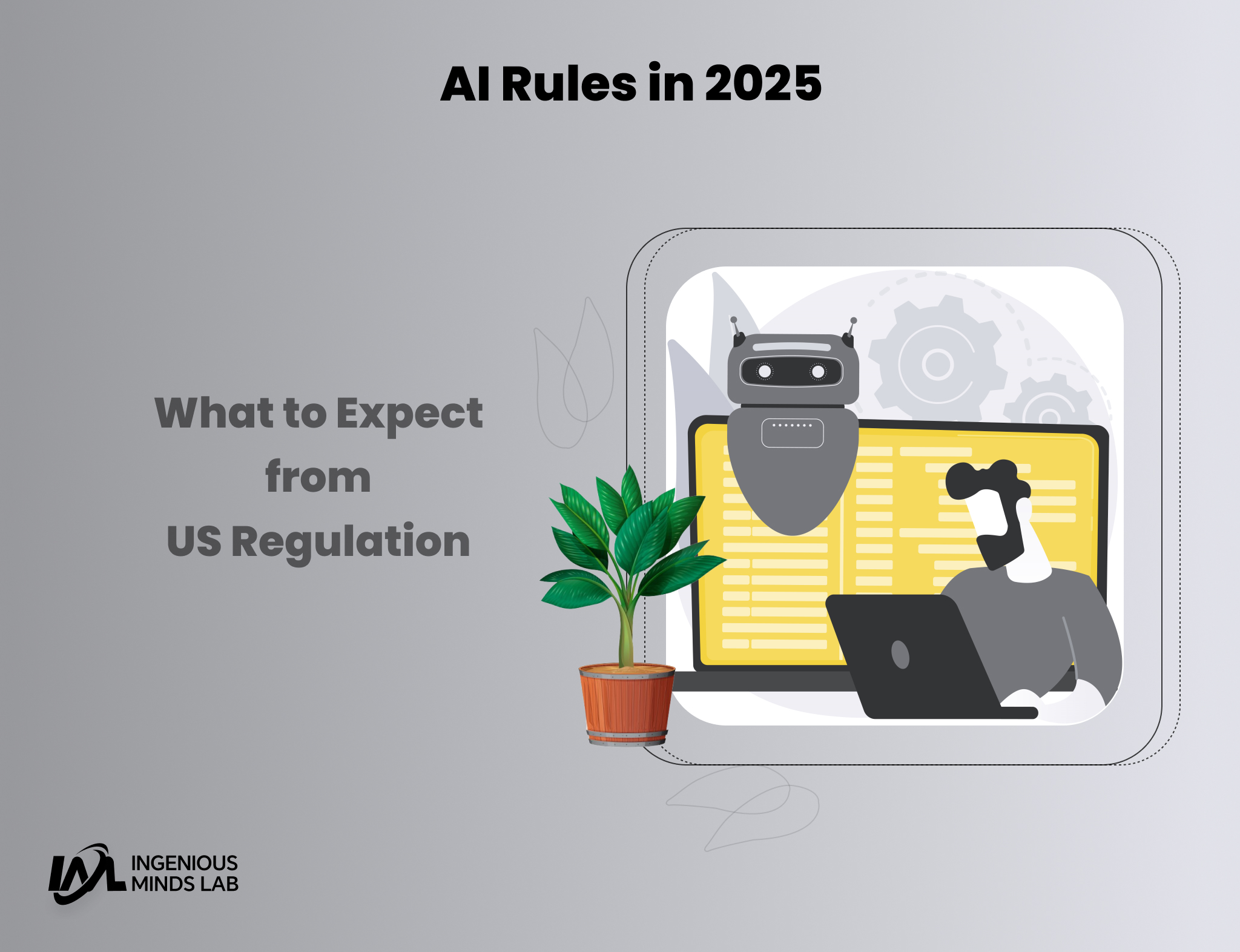Introduction
Artificial Intelligence is rapidly reshaping everything from business automation to content creation and governance. With this technological leap comes heightened concern about misuse, deepfakes, algorithmic discrimination, and unchecked power. In 2025, major jurisdictions like California and New York are drafting groundbreaking legislation to ensure transparency, ethics, and public safety in AI systems. This blog explores what’s being proposed, the global context, and how developers and businesses can stay ahead.
Why AI Regulation Is Now Critical
As LLMs (like GPT-4, Claude, Gemini) become more capable, risks escalate. From AI-generated misinformation and synthetic media to autonomous systems making impactful decisions without oversight, regulatory urgency has hit a tipping point. California and New York legislators cite fears around digital manipulation, unfair automation of jobs, and lack of explainability in decision-making algorithms.
State-by-State Deep Dive
California: The AI Transparency Act (SB 942)
California’s SB 942 mandates:
- Labeling AI-generated content with digital watermarks.
- Transparent disclosures of algorithmic logic when impacting employment, housing, or healthcare.
- Voluntary incident reporting systems for AI harms.
Academic leaders like Fei-Fei Li are urging third-party audits and independent review boards. There’s also momentum around requiring businesses to publish safety plans for large model deployments.
New York: The RAISE Act
New York’s RAISE Act proposes:
- Risk-based model categorisation, similar to the EU AI Act.
- Mandatory public documentation of AI capabilities and limits.
- Required reporting of AI-induced layoffs (extension of the WARN Act).
- Pre-deployment safety reviews and fallback plans for high-risk models.
The legislation is gaining support from both labor unions and privacy rights groups, creating a bipartisan push.
Federal vs State Regulatory Landscape

The U.S. lacks a unified federal AI law. While the Biden administration released AI Bill of Rights guidelines, they remain non-binding. Meanwhile, Republican-led states argue for innovation protection and seek a moratorium on strict state-level mandates for 10 years. This fragmentation may force businesses into a patchwork compliance nightmare.
In contrast, the EU AI Act establishes risk tiers, prohibits biometric surveillance, and mandates documentation of training data. These laws apply extraterritorially, meaning U.S. developers may be liable if they serve EU users.
Implications for Developers & Businesses
For startups and tech companies, these laws mean:
- Building internal audit logs and transparency reports.
- Investing in AI ethics officers or legal consultants.
- Rethinking black-box models in favor of explainable systems.
- Ensuring data provenance and IP rights are maintained.
Non-compliance could result in reputational harm, customer churn, and legal liability.
Best Practices to Prepare in 2025
- Audit your models: Log outputs, edge cases, and failure modes.
- Disclose clearly: Use disclaimers for AI-generated content.
- Watermark media: Explore tools for invisible content labeling.
- Bias testing: Use AI fairness libraries to evaluate performance across demographic groups.
- Appoint AI ethics liaisons: A role that bridges dev, legal, and product.
Global Trends & International Cooperation

Beyond the US, countries like India and Canada are launching national AI safety labs. The Council of Europe’s Convention on AI (similar to GDPR) aims to standardize global AI protections. Multinational companies must now prepare for compliance in multiple overlapping jurisdictions.
Future Outlook
We expect to see:
- Third-party certification bodies for model auditing
- Regulation for compute usage and training data sourcing
- Cross-border AI treaties
- Developer requirements for transparency APIs and opt-outs
Regulation, if done well, may foster innovation by increasing public trust.
Conclusion & CTA
AI is entering a new era of accountability. With the laws changing rapidly, developers and organizations must stay vigilant, informed, and proactive. Embracing transparent practices and ethical design not only keeps you compliant but builds long-term user trust.
do visit my other blogs for more thoughtful informations.
- https://ingeniousmindslab.com/blogs/mobile-app-growth-and-usage-statistics/
- https://ingeniousmindslab.com/blogs/the-flutter-evolution/
- https://ingeniousmindslab.com/blogs/best-llm-tools-run-ai-models-offline/
FAQs
Q: What is California’s SB 942?
It’s an AI transparency bill requiring content labeling, safety planning, and voluntary incident reporting.
Q: What is the RAISE Act in New York?
It categorizes AI models by risk, mandates public documentation, and expands workforce protection laws.
Q: Does the EU AI Act apply to U.S. companies?
Yes, if they serve or process data from EU users.
Q: Are there federal AI laws in the U.S.?
Not yet. Current efforts are fragmented and primarily state-led.
Q: How can companies prepare now?
Start with audits, bias checks, content labeling, and internal AI governance structures.
